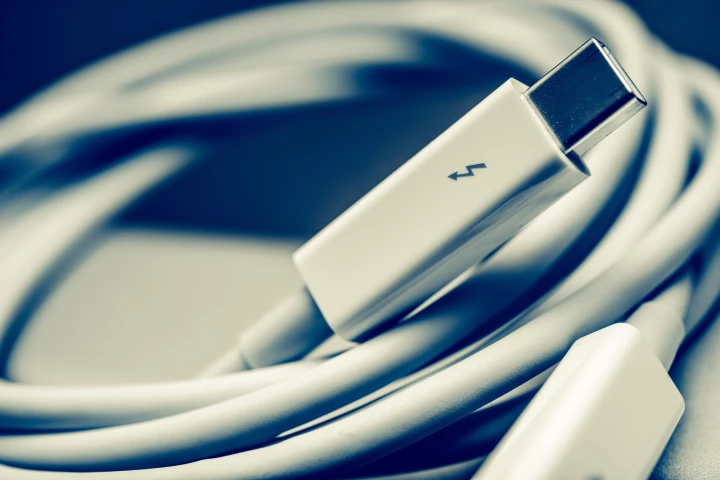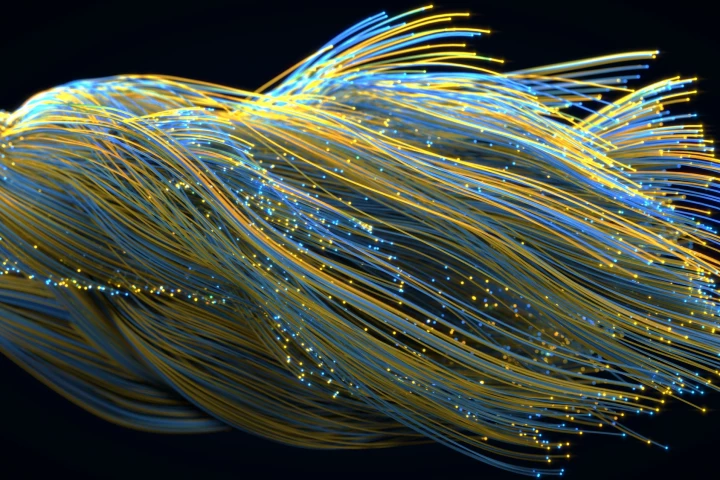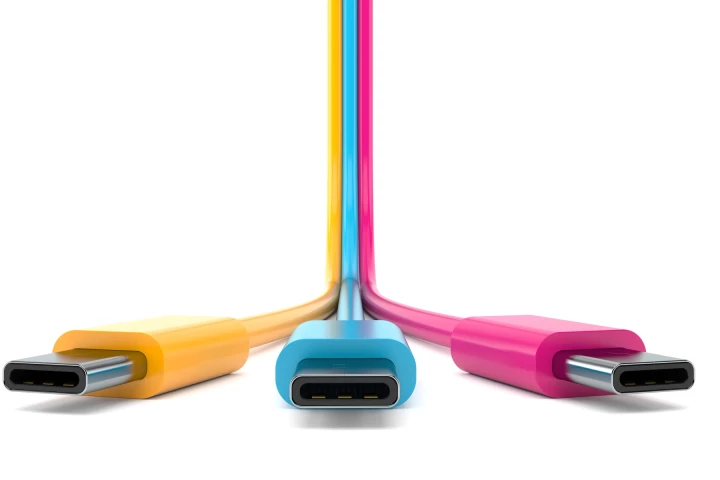Data Transfer
-
An international research team has sent an astounding amount of data at a nearly incomprehensible speed. It's the fastest data transmission ever using a single optical fiber and shows just how speedy the process can get using current materials.
-
Everybody wants a faster internet connection, and now engineers in Japan have shattered the record for data transmission. The team managed to transmit more than 20 times the global internet traffic per second through a single optical fiber.
-
A team of international researchers say they’ve set a new world speed record for an industrial standard optical fiber that’s as thick as a human hair, achieving a data transmission rate of 1.7 Petabits per second over a 41-mile cable.
-
A small satellite developed by MIT engineers has set a new record for data transmission between a satellite and Earth. The TeraByte InfraRed Delivery (TBIRD) system used a laser to beam huge amounts of data at up to 100 gigabits per second.
-
Engineers have set a new speed record for data transmission through a standard diameter optical fiber. By beaming 55 “modes” of signals down a single-core optical fiber, the team was able to transmit at a data rate of 1.53 petabits per second.
-
We've already seen systems that wirelessly transmit data via patterns of flickering light. A Saudi Arabian team has created a less energy-intensive alternative, that could use modulated sunlight in place of traditional Wi-Fi.
-
The speed record for data transmission using a single light source and optical chip has been shattered. Engineers have transmitted data at a blistering rate of 1.84 petabits per second (Pbit/s), almost twice the global internet traffic per second.
-
Intel has demonstrated a prototype of the next generation of its Thunderbolt interface. The new connection will be up to three times faster than the existing Thunderbolt 4 – at up to 120 Gbps – when it debuts next year.
-
The fastest internet network in the US just got a bit faster. The Energy Sciences Network has been upgraded to ESnet6, boasting a blistering bandwidth of 46 Terabits per second (Tbps). But don’t get too excited yet – it’s strictly scientists only.
-
USB devices are set to become much faster in the near future. The USB Promoter Group has now announced the USB4 Version 2.0 specification, which will double data transmission rates to a blistering 80 Gbps.
-
Although optical fibers are highly effective at data transmission, they're also relatively brittle. An experimental new type of optical fiber addresses that limitation, by incorporating a core made of liquid glycerol.
-
The record for fastest internet speed has been shattered with a data transmission rate of 319 Terabits per second through optical fibers. The record was set over more than 3,000 km of fibers, and is compatible with existing infrastructure.
Load More











